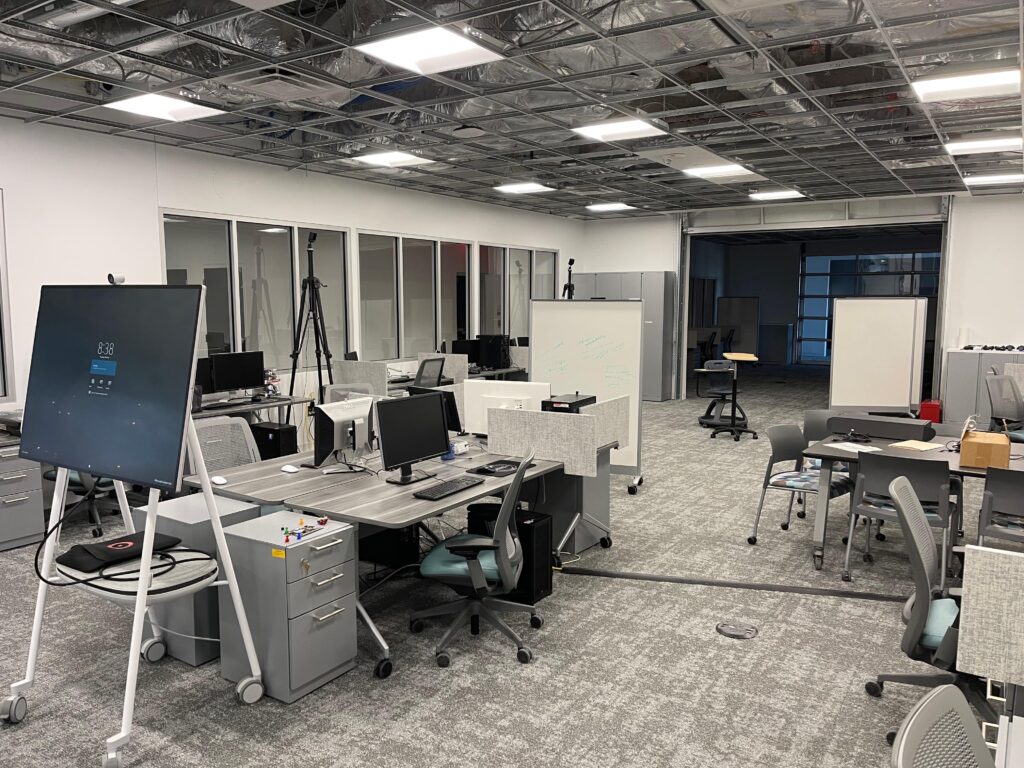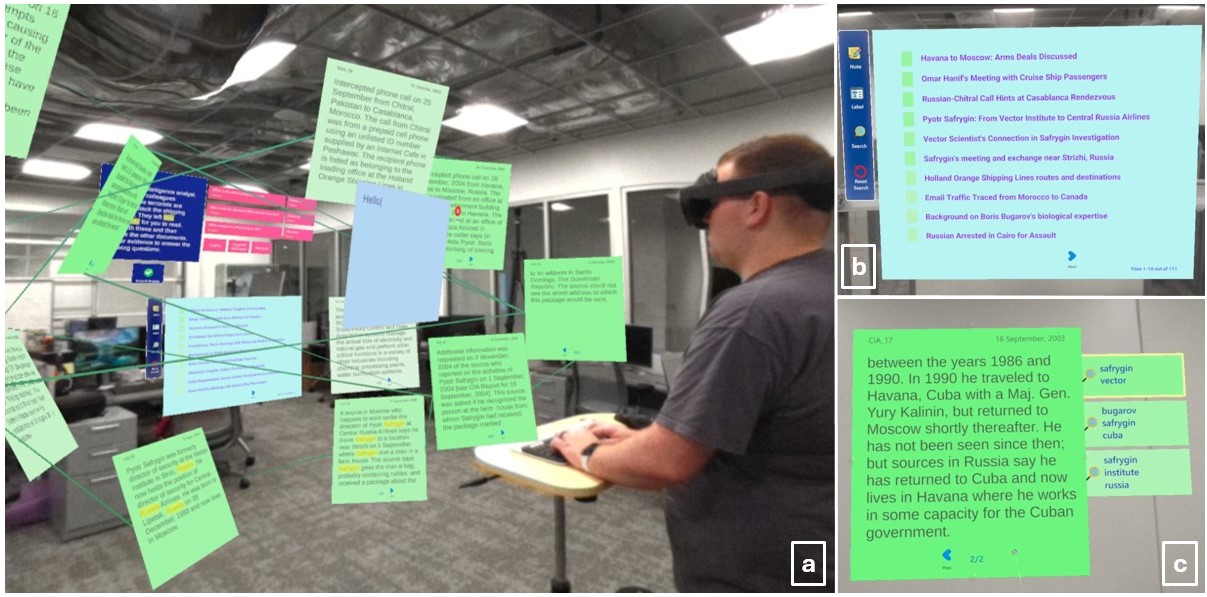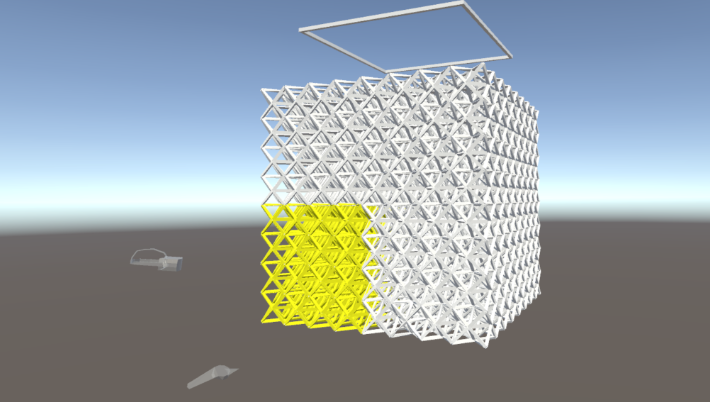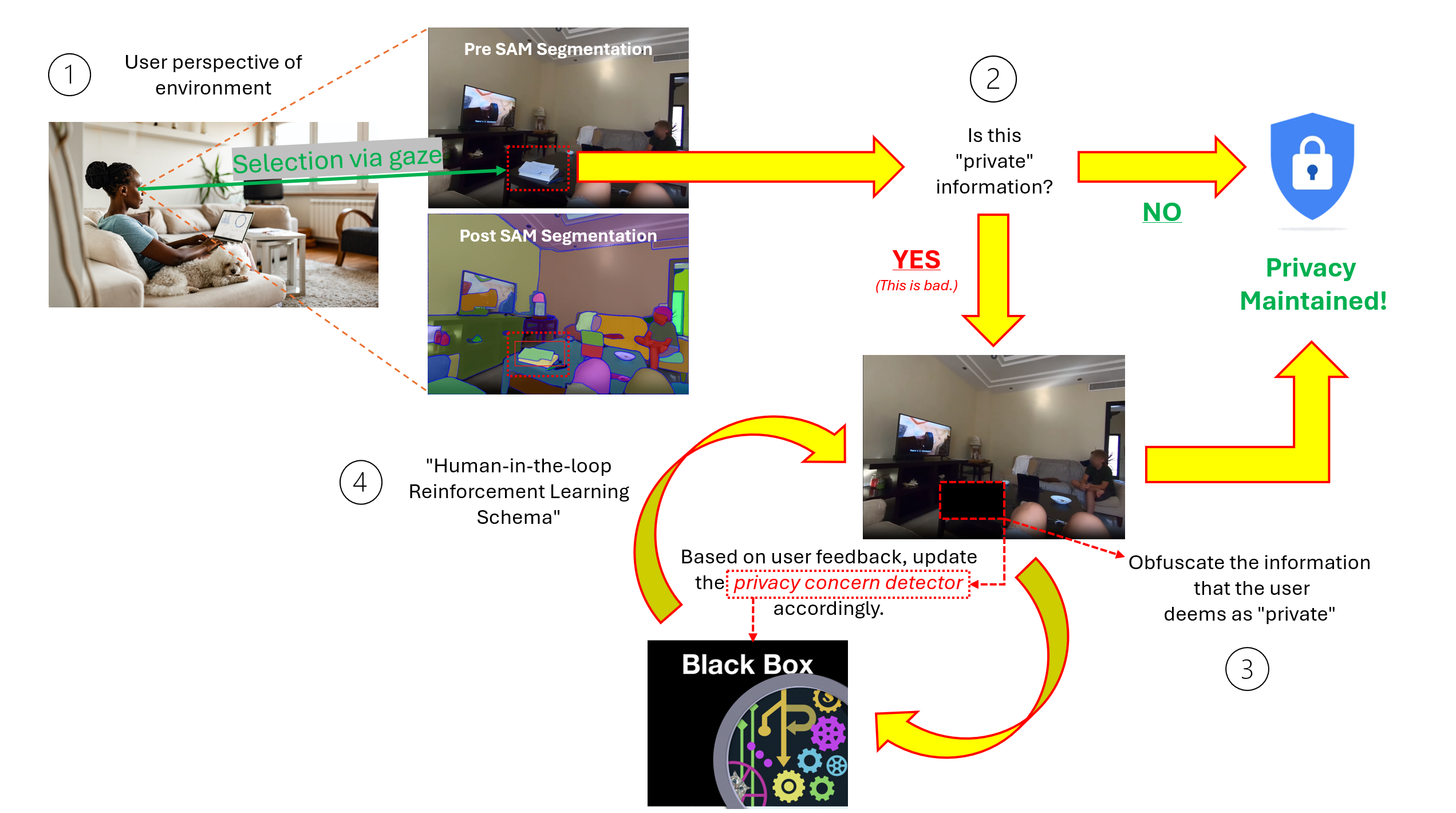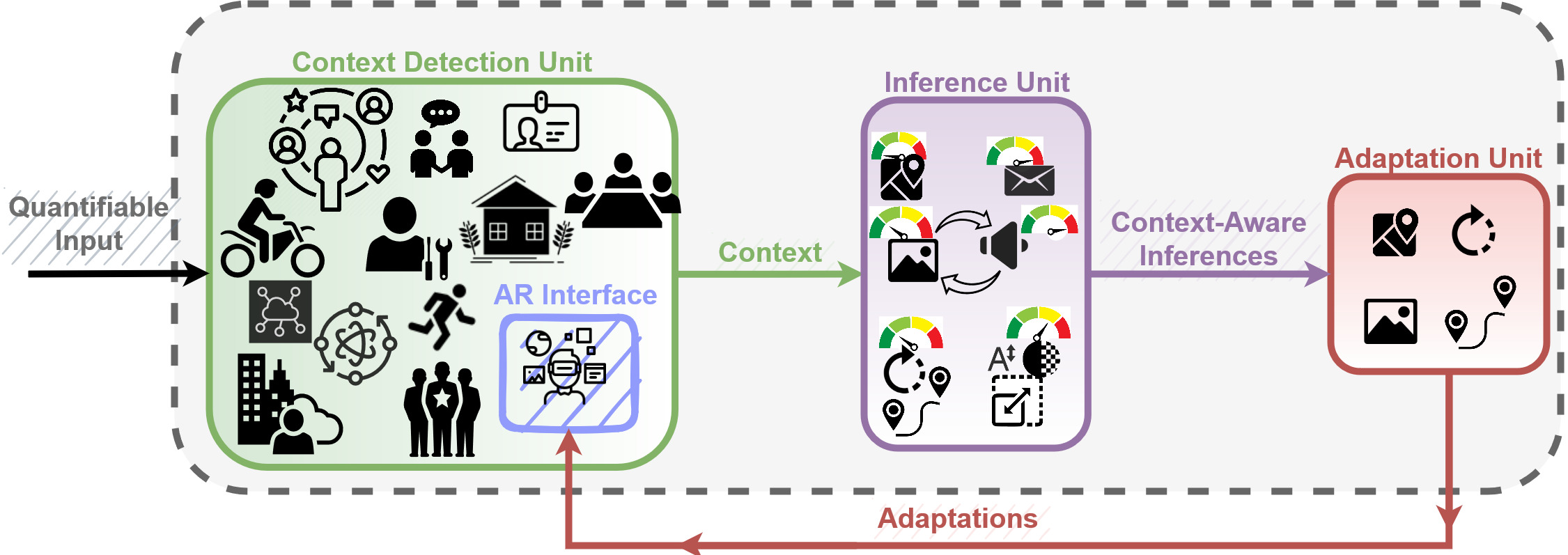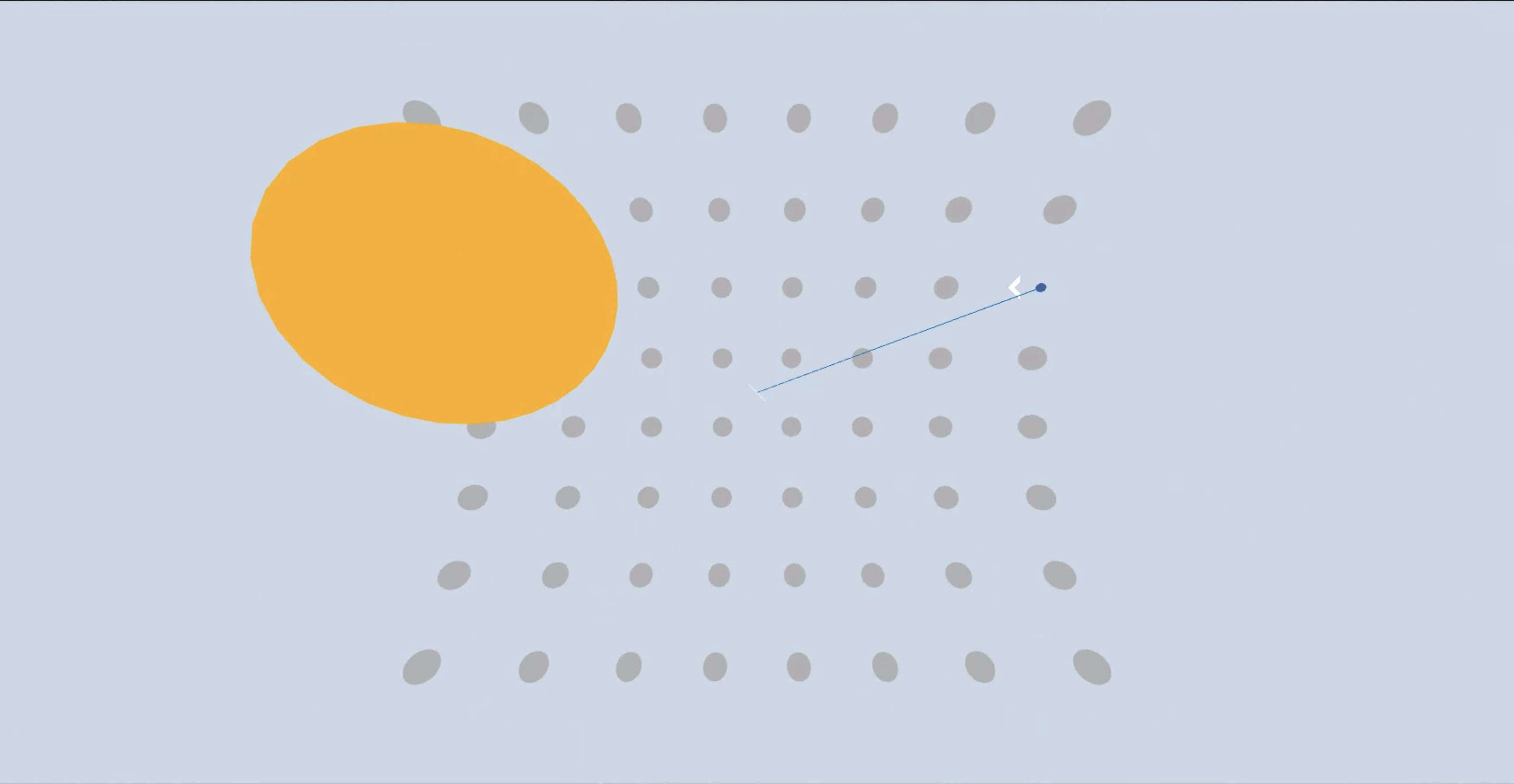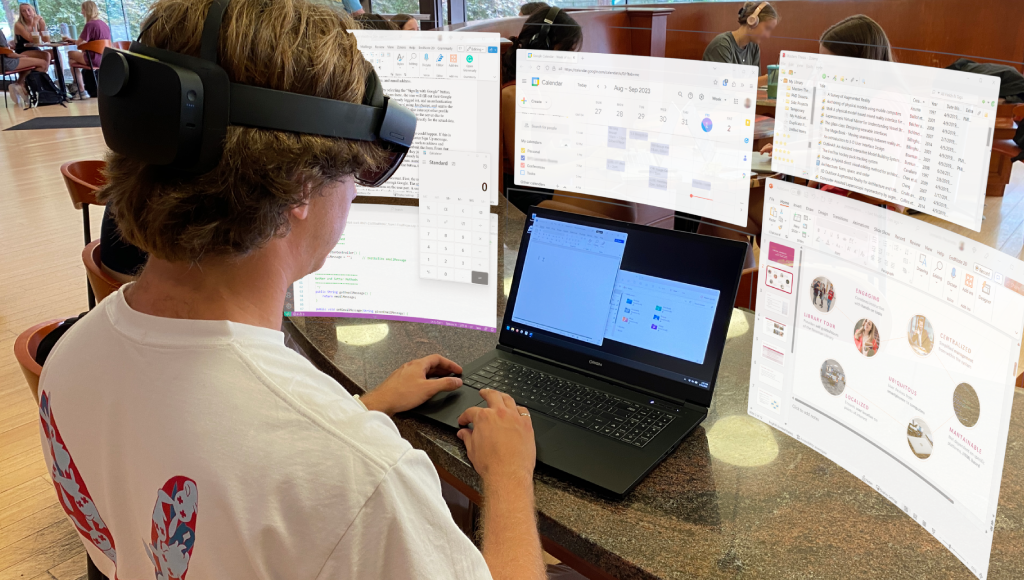The advancements in AI have raised intriguing possibilities for personalized experiences. Imagine if AI could anticipate your interests by analyzing your gaze patterns from the last hour of reading. What if it could recommend insights not just based on the pages you visited but on the specific parts of those pages that held your attention? The concept extends into immersive spaces. In XR, even though you get more space to organize massive amounts of information, you’d still have to exhaustively...
The 3D Interaction (3DI) Group performs research on 3D user interfaces (3D UIs) and 3D interaction techniques for a wide range of tasks and applications. Interaction in three dimensions is crucial to highly interactive virtual reality (VR) and augmented reality (AR) applications to education, training, gaming, visualization, and design. We also conduct empirical studies to understand the effects of immersion in VR and AR, the impact of natural and magic 3D interaction techniques, and usability and user experience in 3D UIs.
Our Team
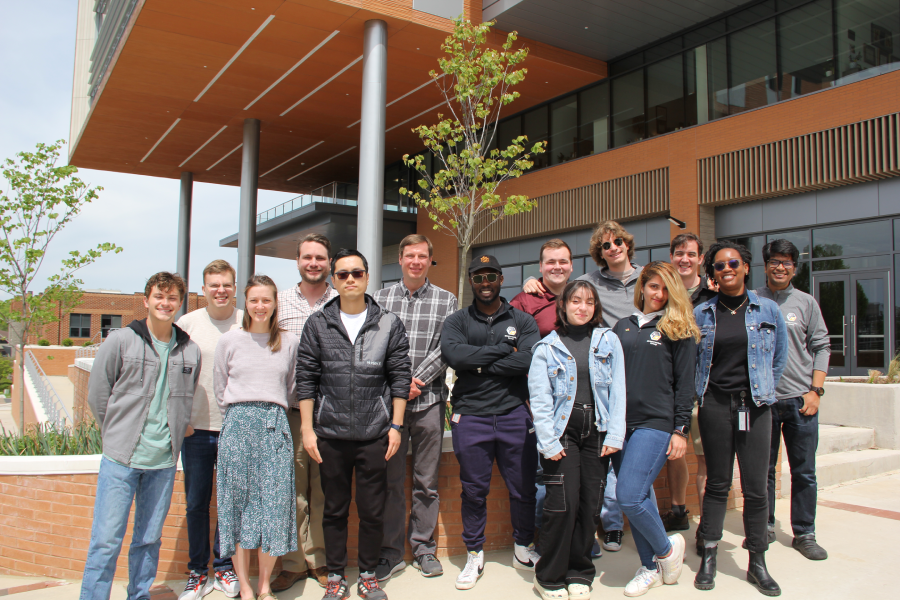
Our Lab
